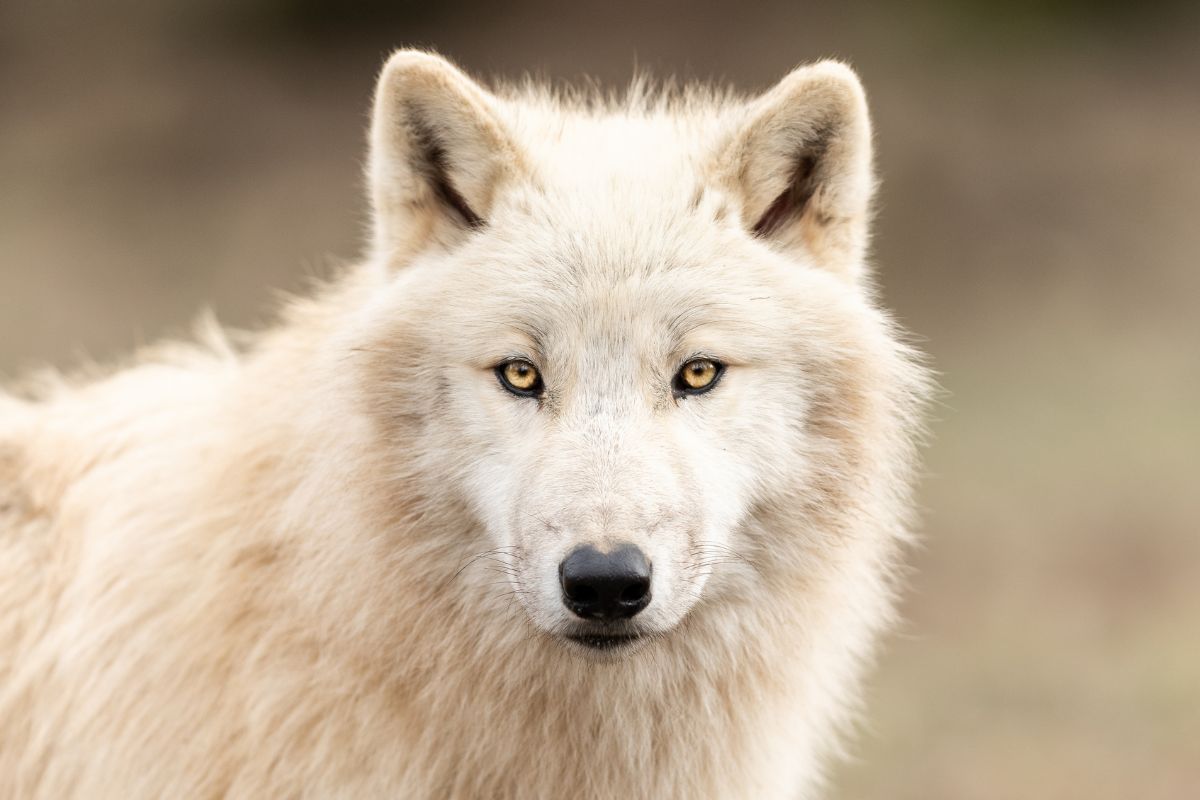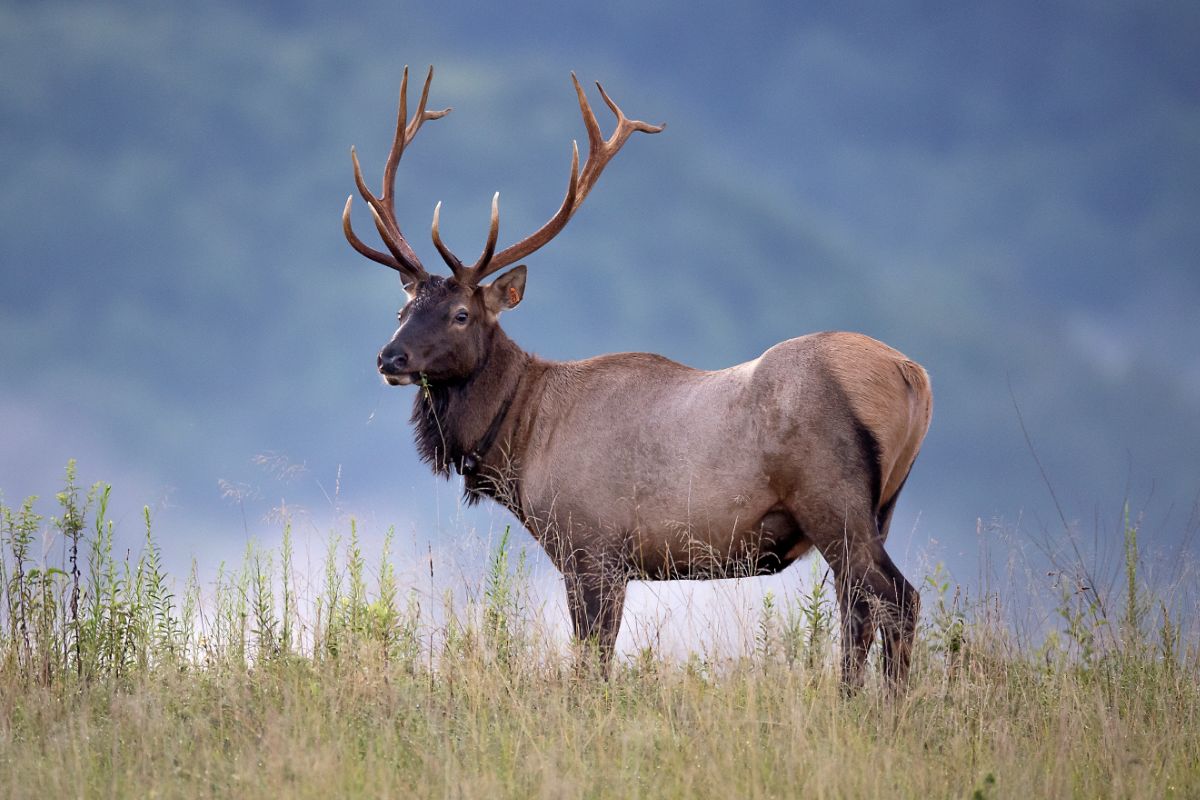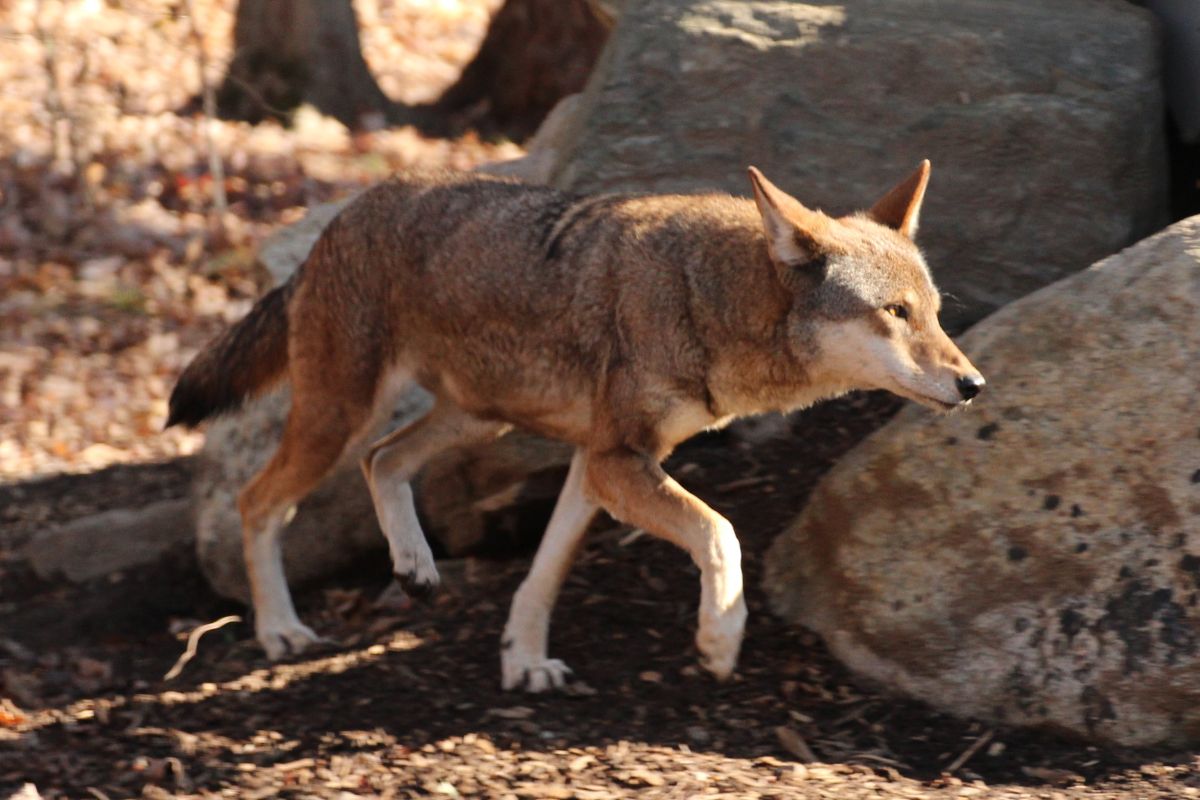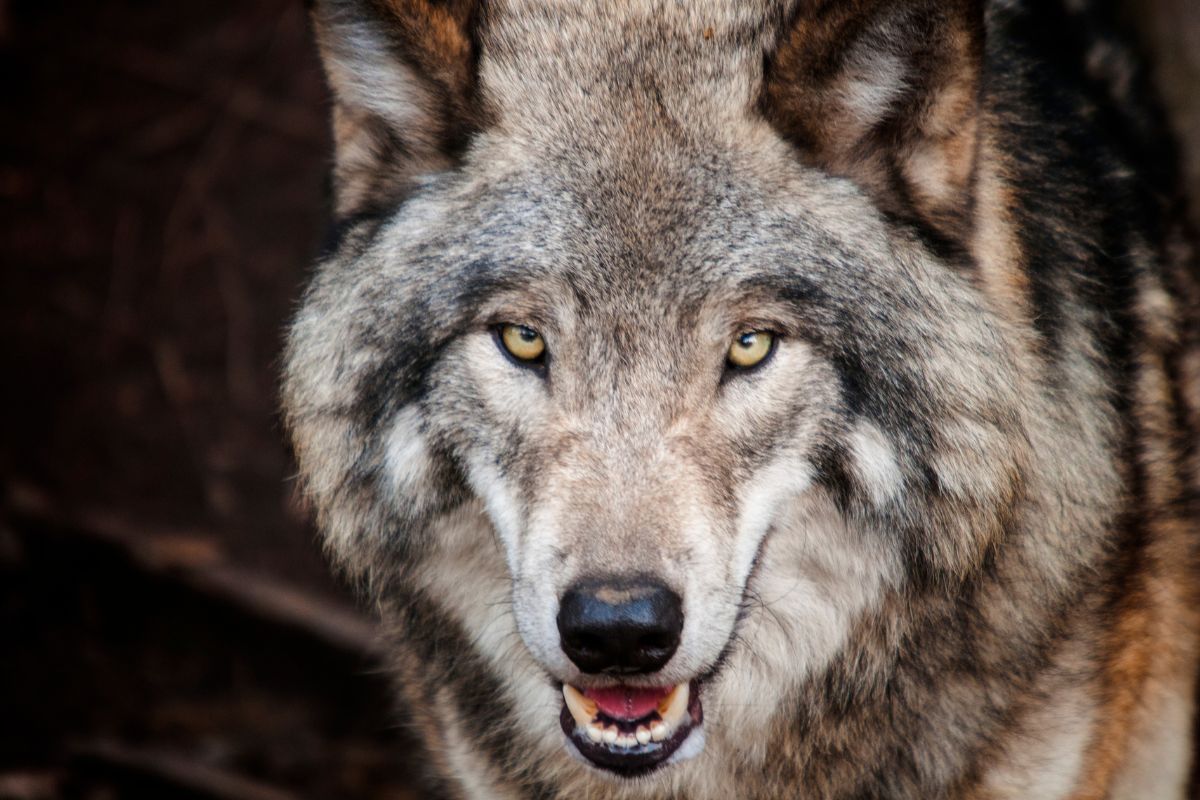It might not come as a surprise that wolves kill cattle. But how high this number is may actually surprise you!

Wolves are natural predators, needless to say, so cows are not the only animal that they kill. They hunt for and eat deer, elk, and even small animals, such as rabbits and beavers, often hunting in groups when it comes to large prey.
Cattle, however, as livestock, is a more concerning issue for some. Cattle depredation doesn’t occur due to wolf attacks alone, forcing livestock farmers to protect their cattle by any means necessary.
But for the real answer to the question, this guide has everything you need to know, including statistics, the effects of cattle depredation, and nature’s other predators that kill and eat cows!
So, How Much Cattle Do Wolves Kill?
So how much cattle do wolves actually kill?
In 2014, 136 cows were killed by wolves in the states of Montana, Idaho, and Wyoming (Northern Rocky Mountains), according to the U.S. Fish and Wildlife Service.
In a more surprising report revealed in 2014, the Animal and Plant Health Inspection Service (APHIS), an agency part of the United States Department of Agriculture (USDA), claimed that 4630 cows were killed by wolves across the Northern Rocky Mountains that year.
In another report by the National Agricultural Statistics Service (NASS), conducted the same year (2014), the number of cattle killed by wolves was 2385, taking place across the same Northern Rocky Mountain states of Wyoming, Idaho, and Montana.
More recently in 2015, the United States government reported that almost 5000 cows were killed in 2015 alone.
The Real Answer
While the stats above might be higher than you initially thought, the real answer to how many cattle are killed by wolves each year is unknown – but most likely higher than the above numbers.
It goes without saying that not every cow attacked—and eaten—by a wolf can be accounted for.
In addition, the Northern United States, while having the most wolf attacks on cows, is not the only location in the U.S. where wolves can be found.
Overall, the amount of cattle depredation by wolves is something that’s difficult to put a number on.
And while it is a naturally occurring part of the food chain, the problems it causes for livestock farmers isn’t limited to cattle alone, but sheep and poultry.
The Effects Of Cattle Depredation
Another thing that might surprise you is how wolf attacks on cowherds can cause post-traumatic stress disorder (PTSD) in cows, according to a study by Oregon State University, which can lead to decreased reproduction and a greater chance of the cows falling sick.
Due to this, cattle depredation does not only cause problems for cattle ranchers—such as having to put up effective barriers, scare devices, and reduce attractants—but, more importantly, emotional trauma for cattle with a roll-on effect that impacts their reproduction and general health.
Why Do Wolves Kill Cattle?

Livestock are more vulnerable to predation from wolves than animals that are roaming in the wild, since they are often penned in and therefore unable to escape attacks.
And it isn’t just cows that wolves target, but sheep and other livestock.
Wolves kill cattle and other livestock for food, to put it simply. In most cases, wolves, which move in packs, will eat the whole prey.
But in some cases, wolves can eat only a portion of what they kill (surplus killing), which is a greater problem for vulnerable livestock since it can mean unnecessary predation.
What Is The Main Predator Of Cows?
Wolves are not the only predator of cows in the United States. In fact, bears, cougars, coyotes, and even wild dogs attack cattle for food.
In other parts of the world, tigers also pose a massive threat to vulnerable cattle.
Despite that, wolves remain the biggest threat to herds of cattle in the Northern United States.
For livestock farmers in these states, wolves also pose a big threat to sheep, with research showing that wolves kill more sheep than cows per year.
What Animals Do Wolves Kill For Food?
Cows are not the only animal killed and eaten by wolves. As mentioned above, sheep are just as vulnerable to wolf predation, along with other farmed livestock.
In the wild, however, wolves also kill and eat deer, moose, elk, and caribou, as well as beavers, squirrels, and rabbits.
Wolves are well-known for roaming and hunting in packs, which only makes them more dangerous and difficult to deal with.
And the fact that so many animals are killed by wolves each year has led to an increase in discussions about wolf culling.
Despite that, a study by Washington State University found that only when wolf numbers were reduced by more than 25 percent was there a decrease in livestock killing in Idaho, Montana, and Wyoming over the last 25 years.
How Do Ranchers Prevent Wolves?
As it turns out, ranchers and livestock producers have found that reducing attractants is highly effective for reducing wolf attacks on cattle and other livestock in the first place.
Wolves have a sharp sense of smell, which means carcasses or diseased animals can attract wolves more than anything else.
Other methods livestock ranchers use to prevent wolf attacks on cattle include electric fencing and strong barriers, guard dogs, and various scare devices, such as alarms or sound and light systems that can deter wolves away from vulnerable livestock.
The Short Answer
In short, wolves kill thousands of cattle per year in the United States, particularly in the Northern United States—states including Wyoming, Idaho, and Montana—where wolves have a high population.
There are various studies from top organizations that show wolves killing at least 2000 or more cows per year for food in these three states, however the numbers are widely considered to be higher.
Despite that, sheep are at more of a risk than cattle, with wolves killing more sheep than cows per year.
Livestock, in general, is at high risk of wolf attacks due to them being more vulnerable than wild animals.
- Why are skunks called polecats? - November 16, 2022
- Do Armadillos lay eggs? - November 16, 2022
- Can animals have down syndrome? - October 5, 2022








